Meeting Future Wastewater Needs


Charlotte Water is building a new wastewater treatment facility to meet the future wastewater treatment needs of our growing region. As our region grows and our population increases, the Stowe Facility will equip Charlotte Water to process and treat more wastewater. Between 2014 and 2034, the population in the Stowe service area will increase by 136% with approximately 100,000 new residents moving there.
 This rapid population growth and development in the Stowe service area will substantially increase the amount of wastewater that is produced by residents and businesses in this area, and that wastewater must be collected and treated. It is imperative that we have the necessary infrastructure and capacity to manage the future wastewater treatment needs of this growing region.
This rapid population growth and development in the Stowe service area will substantially increase the amount of wastewater that is produced by residents and businesses in this area, and that wastewater must be collected and treated. It is imperative that we have the necessary infrastructure and capacity to manage the future wastewater treatment needs of this growing region.


Initially, the new Stowe Facility will have the capacity to process and treat up to 15 million gallons of wastewater per day. Currently, the final design and engineering are underway for the Stowe Facility and we expect construction to be complete by 2026.
Charlotte Water has carefully planned the Stowe Facility to meet the community’s needs far into the future. As part of this long-term planning, Charlotte Water has designed the Stowe Facility to easily accommodate future facility expansion. While there is currently no established timeline, there are conceptual plans to expand the facility’s capacity to process up to 25 million gallons of wastewater per day. This will allow the Stowe Regional Water Resource Recovery Facility to meet the future wastewater needs of our growing region far into the future.
Consolidating Wastewater Facilities
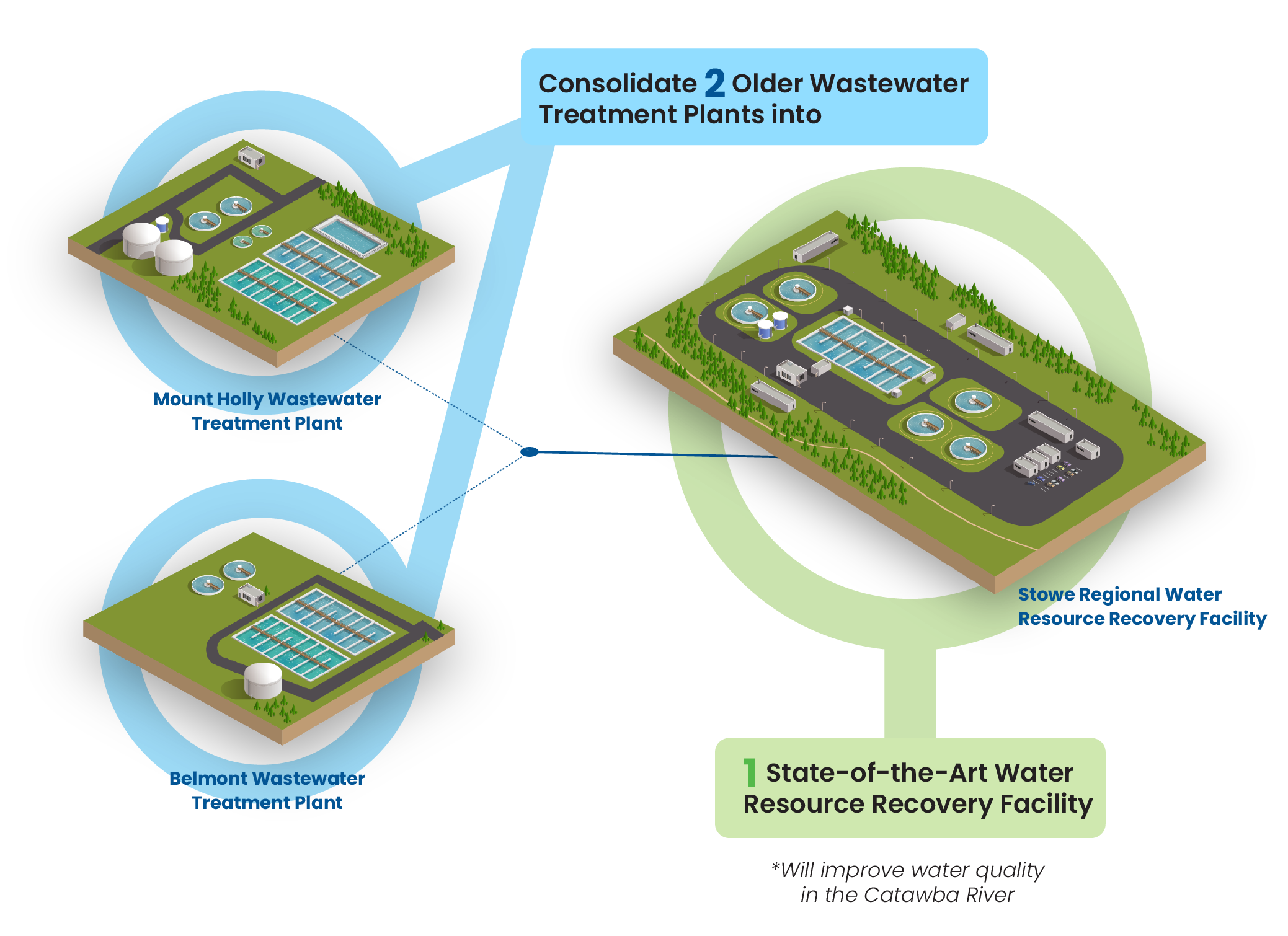
One of the major benefits of the new Stowe Regional Water Resource Recovery Facility is that it will replace two aging municipal wastewater treatment plants – the Belmont Wastewater Treatment Plant and the Mount Holly Wastewater Treatment Plant. This new facility will streamline regional wastewater treatment services by consolidating the number of wastewater facilities serving communities in northwestern Mecklenburg County and eastern Gaston County.
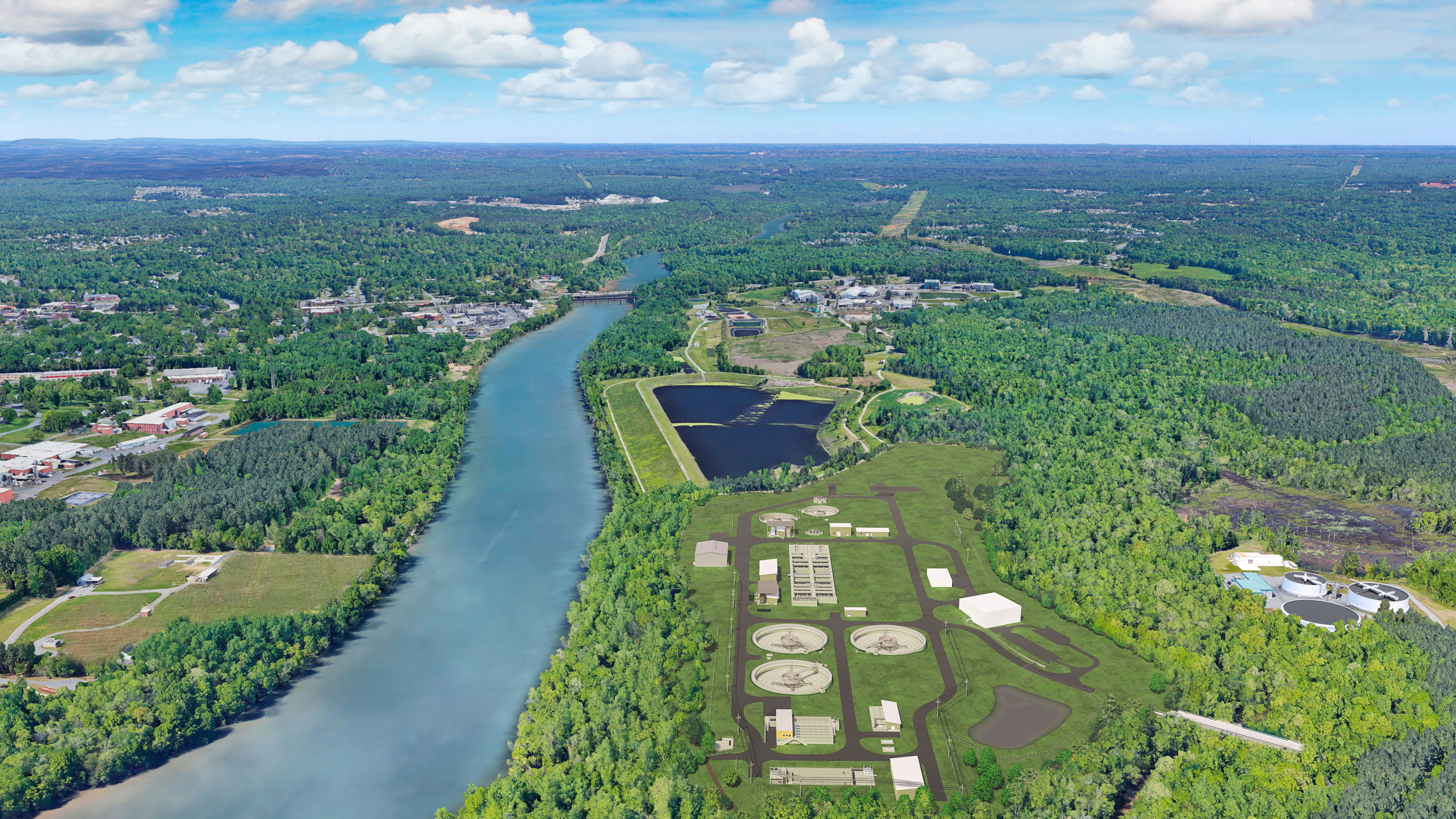
The new Stowe Regional Water Resource Recovery Facility will be a state-of-the-art wastewater treatment facility that will utilizes the latest technologies and cutting-edge treatment techniques to more effectively clean and purify wastewater. This means that the treated water that is recycled back into the natural environment from the new Stowe Regional Facility will be cleaner and meet higher water quality standards, which will help improve water quality in this area of the Catawba River and linked waterways.
Consolidating the wastewater facilities in this service area will also reduce the number of wastewater treatment plant discharges that are recycling treated water into the Catawba River. Replacing the two existing plant discharges with one plant discharge that will recycle cleaner water into the Catawba River will not only improve the River’s water quality, but also will help to minimize any shoreline and wetland impacts from these plant discharges.
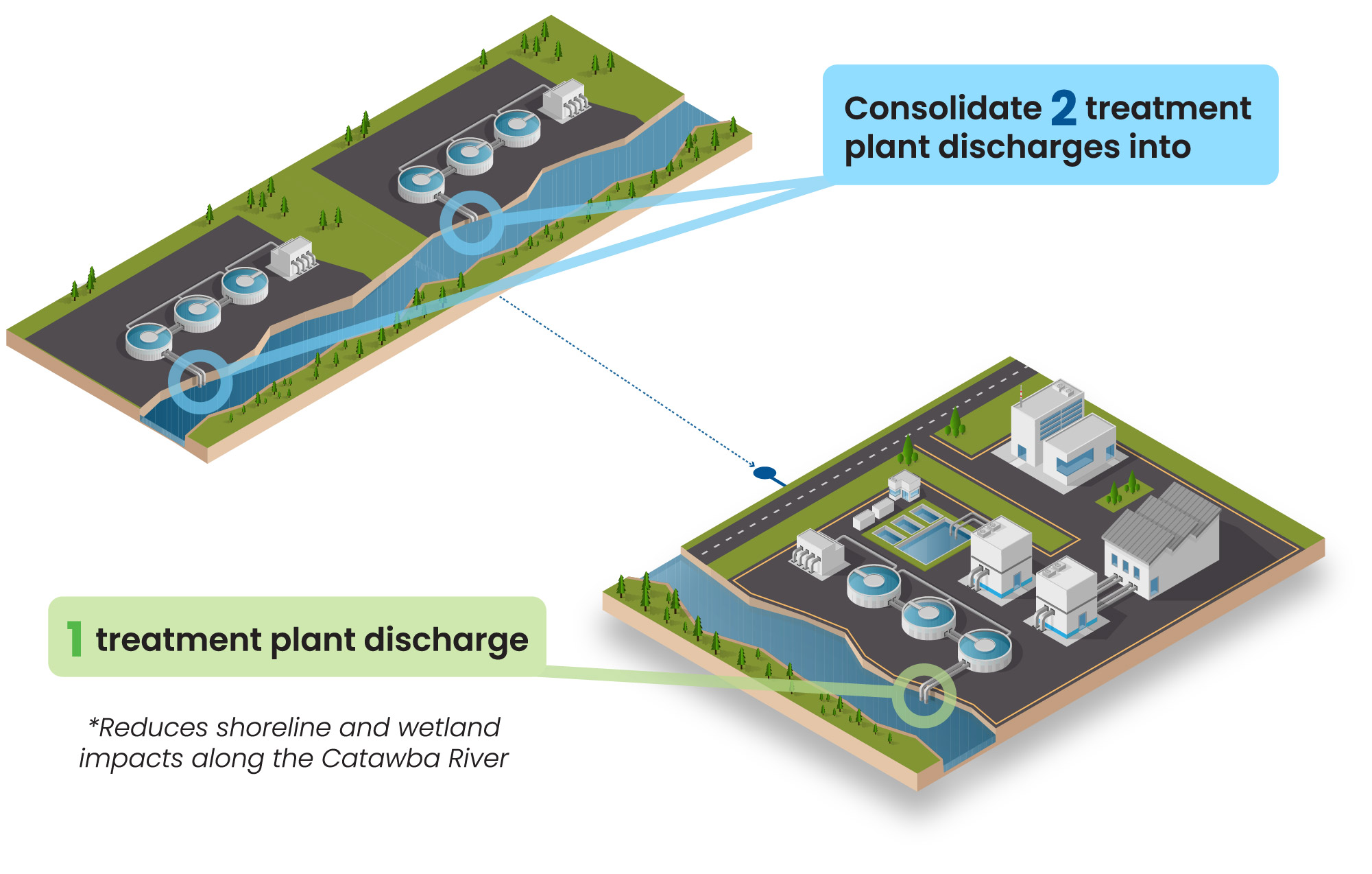
If the existing Belmont and Mount Holly Wastewater Treatment Plants are to remain in use, both facilities would need to undergo extensive and expensive upgrades to be able to meet the expanding wastewater treatment needs of their respective communities. Various planning studies have indicated that it would be more cost-effective, efficient, and environmentally friendly to build the new Stowe Regional Water Resource Recovery Facility rather than implement these extensive and expensive upgrades to the existing wastewater treatment infrastructure.
Minimizing Wastewater Pumping
Did you know that Charlotte Water currently pumps wastewater 20+ miles from northwestern Mecklenburg County to the McAlpine Creek Wastewater Management Facility in Pineville for treatment? That’s essentially pumping wastewater underground from North Lake Mall to Pineville.
Right now, Charlotte Water pumps wastewater from communities in northwestern Mecklenburg County to the Long Creek Pump Station, then to the Paw Creek Pump Station, and finally to the McAlpine Creek Wastewater Management Facility in Pineville for treatment. This is a 27-mile pumping route, which is a very long way for wastewater to travel for treatment. The new Stowe Regional Water Resource Recovery Facility will serve as a wastewater treatment plant in much closer proximity to provide services for communities in northwestern Mecklenburg County.
Additionally, if a new wastewater facility is not built, then Charlotte Water would have to conduct an extensive collection system replacement project to continue serving communities in northwestern Mecklenburg County. To accommodate this regional growth, Charlotte Water would need to replace a significant portion of the underground collection system pipes that transport this wastewater. Replacing or upgrading over 20 miles of underground pipelines would be a very expensive project with significant construction impacts that would affect area residents and businesses.
Pumping wastewater 20+ miles for treatment uses a lot of energy. Having a wastewater treatment plant in closer proximity to communities in northwestern Mecklenburg County will reduce the amount of energy that is currently being used for wastewater transportation. Reducing the distance that wastewater must be pumped for treatment, not only saves energy but also reduces the possibility of a wastewater spill occurring and helps protect our natural environment. Minimizing wastewater pumping is just one of the ways that the new Stowe Regional Facility will promote sustainability and protect our environment.
Promoting Environmental Sustainability
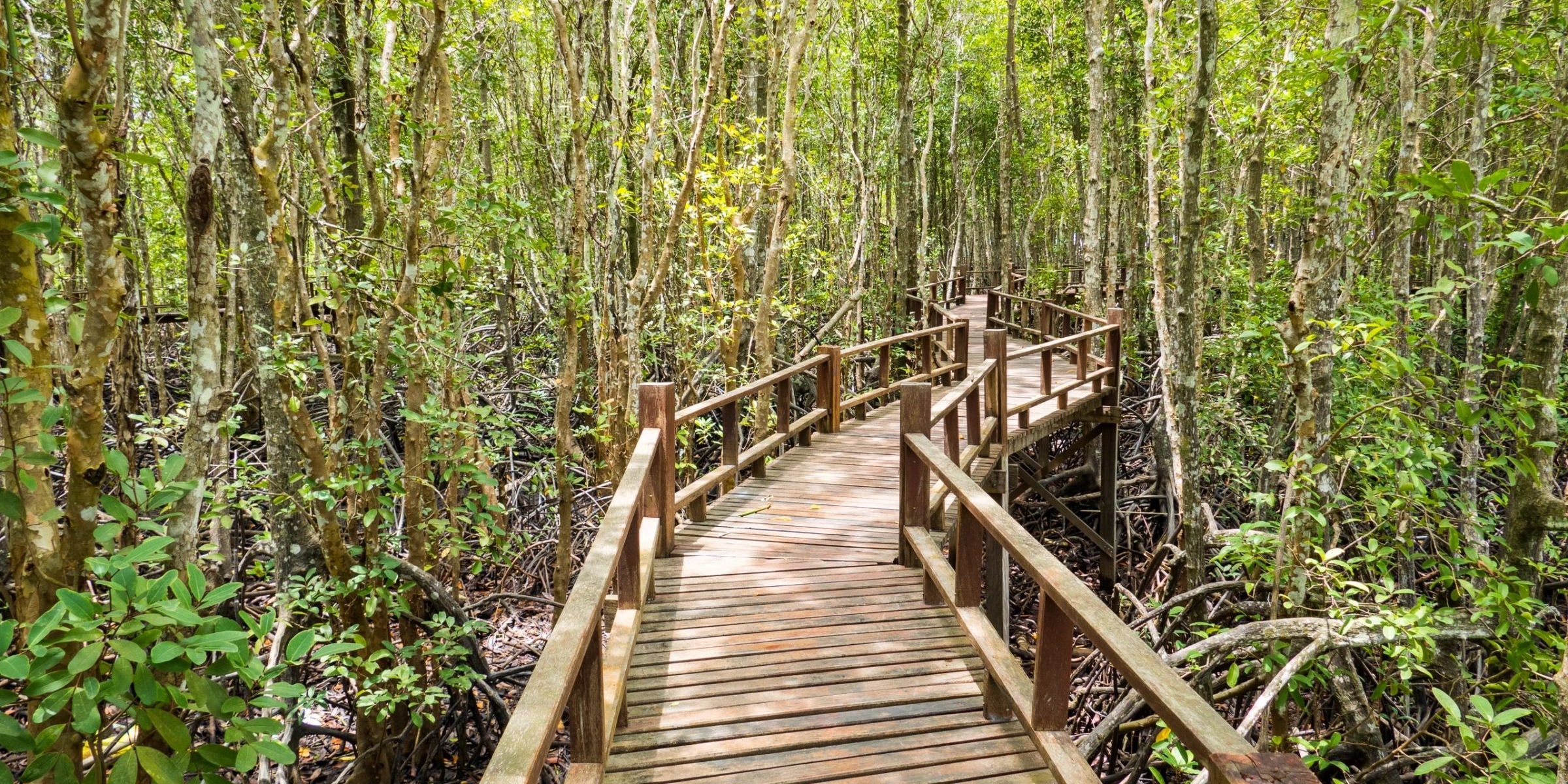

At Charlotte Water, we are deeply committed to protecting and preserving our natural environment and advancing sustainability. The new Stowe Facility is an important part of continuously enhancing our environmental practices and adopting even more rigorous environmental standards.
One reason Charlotte Water is so excited about the new Stowe Water Resource Recovery Facility is because of the positive impacts this Project will have on the natural environment. The new Stowe Regional Facility will benefit the environment in four key ways: more effectively purifying treated wastewater, minimizing the distance wastewater must be pumped for treatment, reducing the number of treatment plants discharging treated water into the Catawba River, and conserving natural land on the 90-acre Community Benefit Project property adjacent to the Stowe Facility.
01.
Enhanced Wastewater Treatment Practices

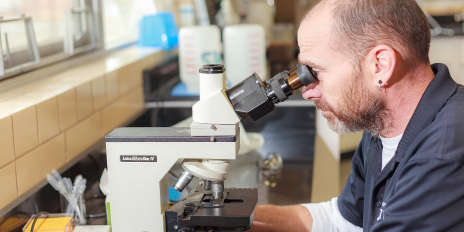
The new Stowe Facility will allow Charlotte Water to more effectively process and purify wastewater, so that the treated water we recycle back into the natural environment meets heightened water quality standards. At the new Stowe Water Resource Recovery Facility, we will use the latest advanced technologies and cutting-edge treatment practices to more effectively clean and purify wastewater. This means that the water that we recycle back into the natural environment will be even cleaner, which will help improve the water quality in this area of the Catawba River and linked waterways. This new facility will utilize enhanced environmental quality benchmarks to ensure that the treated water that is discharged into Long Creek meets heightened water quality and nutrient removal standards.
02.
Minimize Wastewater Pumping
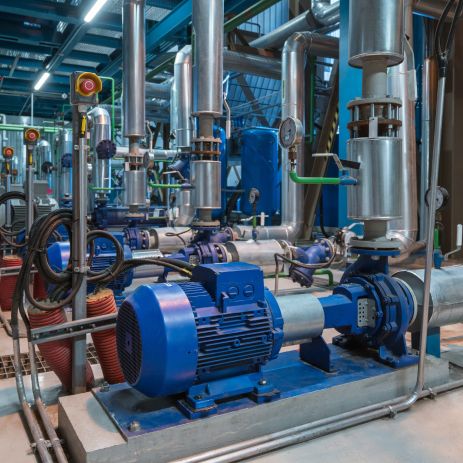
Another way this Project will be environmentally friendly is by reducing the distance that wastewater flows from northwestern Mecklenburg County have to be pumped for treatment. Currently, wastewater flows from northwestern Mecklenburg County are being pumped 20+ miles to the McAlpine Creek Wastewater Management Facility in Pineville for treatment. Building this new treatment facility on the Catawba River in Mecklenburg County means that wastewater flows from communities in northwestern Mecklenburg County will only have to be pumped a short distance for treatment, which will save energy and reduce the possibility of a wastewater spill occurring.
03.
Consolidating Wastewater Facilities & Reducing Plant Discharges
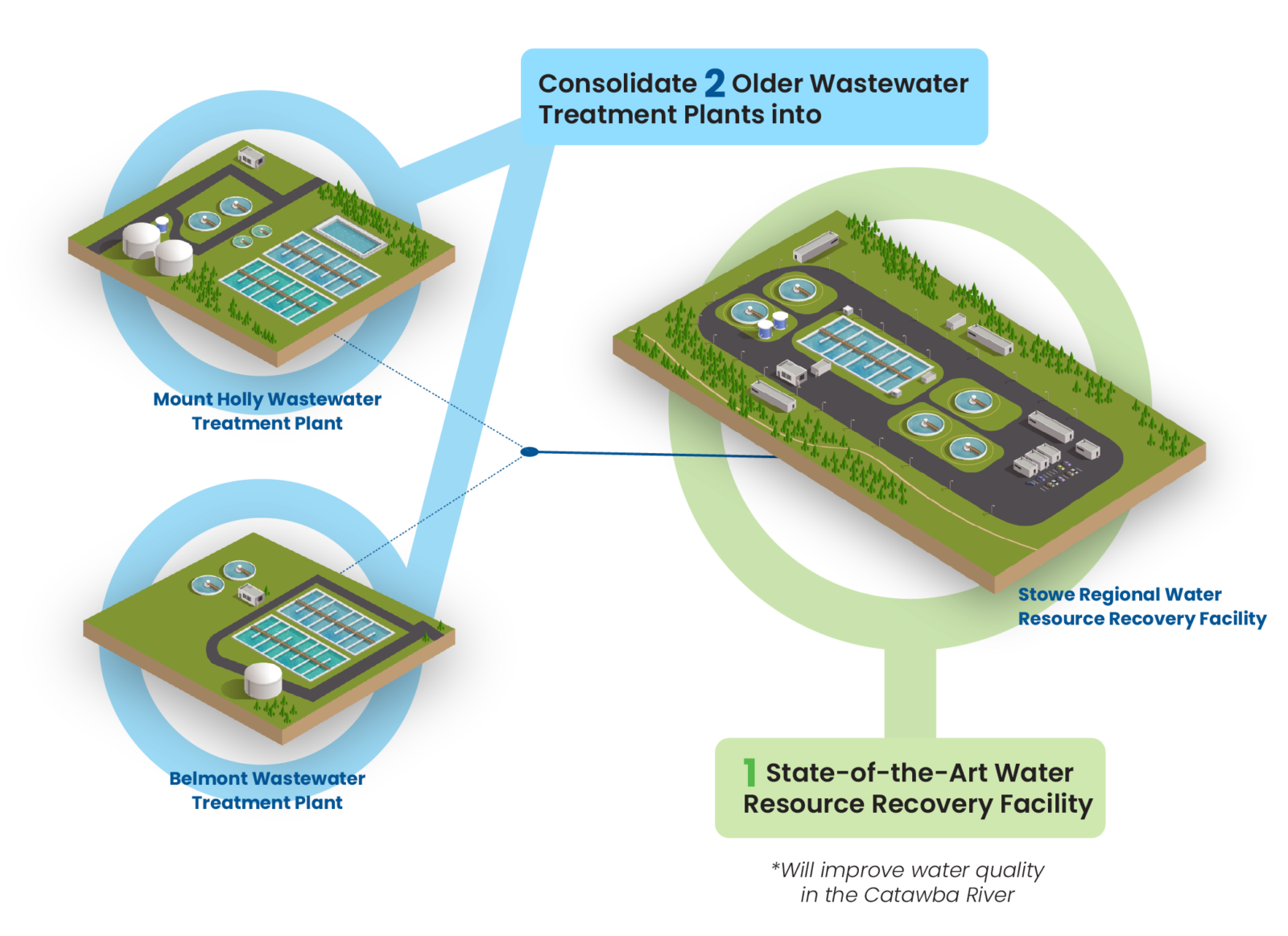
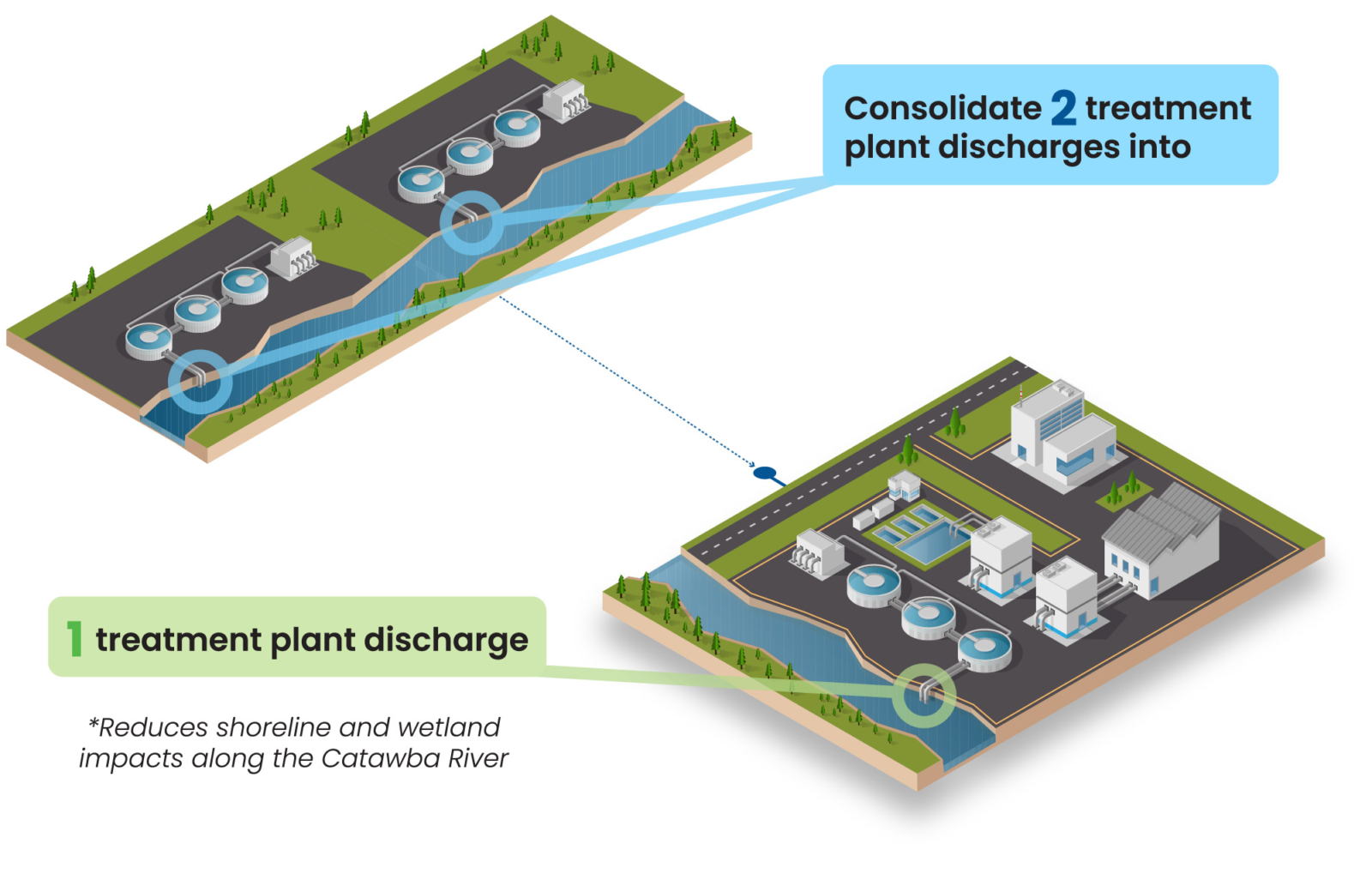
Consolidating the wastewater facilities in this service area by replacing two older municipal wastewater treatment plants with the new highly efficient Stowe Regional Water Resource Recovery Facility will also reduce the number of wastewater treatment plant discharges that are recycling treated water into the Catawba River. Replacing the two existing plant discharges with one plant discharge that will recycle cleaner water into the Catawba River will not only improve the River’s water quality, but also will help to minimize any shoreline and wetland impacts from these plant discharges.
04.
Conserving Natural Land
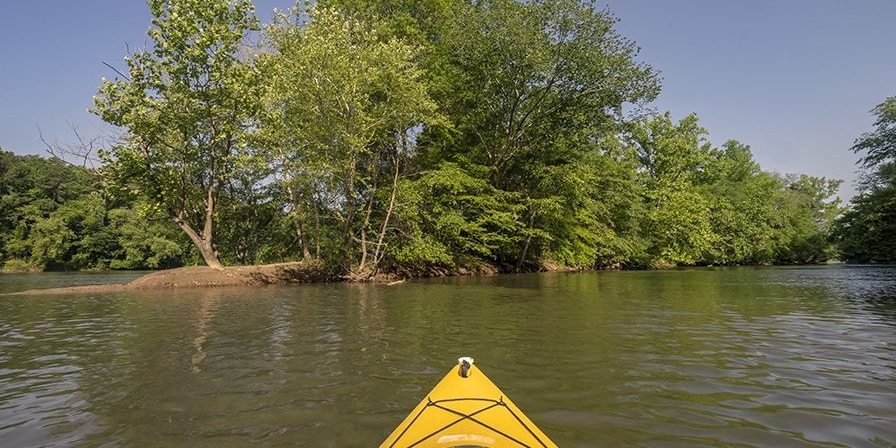
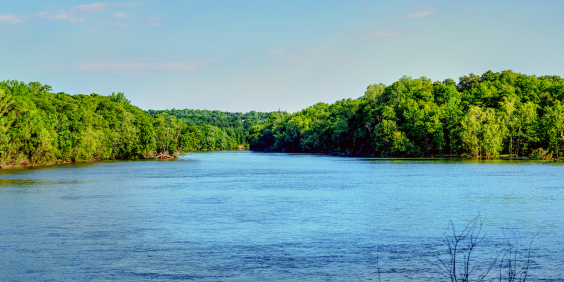
As part of the Stowe Community Benefit Project, Charlotte Water has purchased the 90-acre parcel adjacent to the Stowe Facility site, which we will preserve and use for the Community Benefit Project. Preserving this 90-acre parcel will ensure it remains natural for future generations to enjoy. This 90-acre parcel is directly adjacent to Long Creek, which is a major tributary of the Catawba River and is currently a forested area. Preserving this forested area provides many conservation benefits and allows this natural land to continue providing important ecosystem services, such as source water protection and filtration and habitats for plants and animals. Conserving this 90-acre parcel and using it for the Stowe Community Benefit Project will also provide an outdoor space where people can connect and recreate with their friends and family.
Investing In Our Community


Charlotte Water is committed to implementing a Community Benefit Project on the land around the new Stowe Regional Water Resource Recovery Facility that would serve as an enriching community amenity for neighbors. We want this Community Project to create a vibrant public space or meaningful community feature that encourages connectedness and well-being in our project community.
We have been working over the past two years to engage community members in the planning process for this Community Benefit Project. For this Community Benefit Project to be a success and create a true community asset, it is essential that we get insights from the people who will use this public space or community feature the most.
We have hosted an online community visioning workshop and survey to allow community members to actively engage in the project ideation process for this Community Benefit Project. We have also assembled a Community Stakeholder Committee made up of individuals who live and work in the project community. Our Community Stakeholder Committee members have helped our Team to better understand community members’ goals and aspirations for this Community Benefit Project. It is through community-based participation in the planning process that we hope to formulate a collective vision for this Community Benefit Project, and ultimately develop a Community Benefit Project that will increase vibrancy, encourage connectedness, and promote well-being in our Stowe Regional project community.
Using the feedback that we received from community members and our committee members, we partnered with a leading architecture firm to develop and evaluate a range of alternatives for the Community Benefit Project. After careful consideration of a variety of project options, Charlotte Water has decided to develop a multi-component Community Benefit Project.
